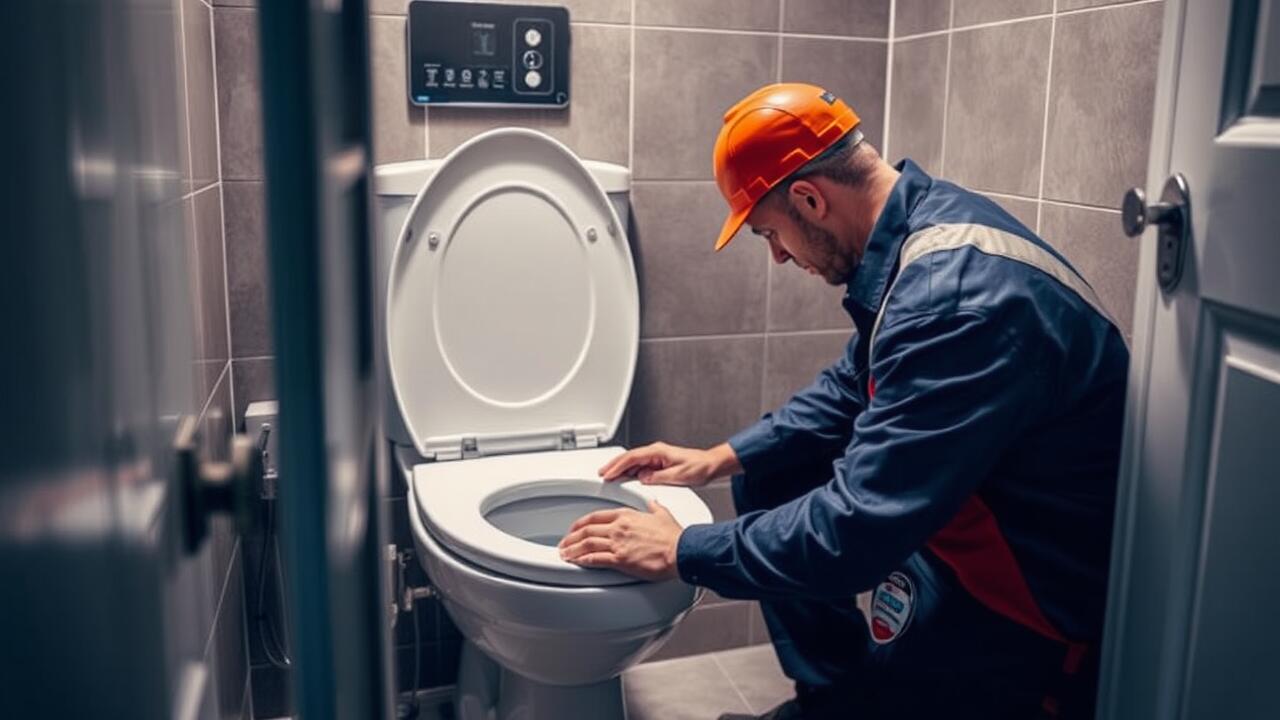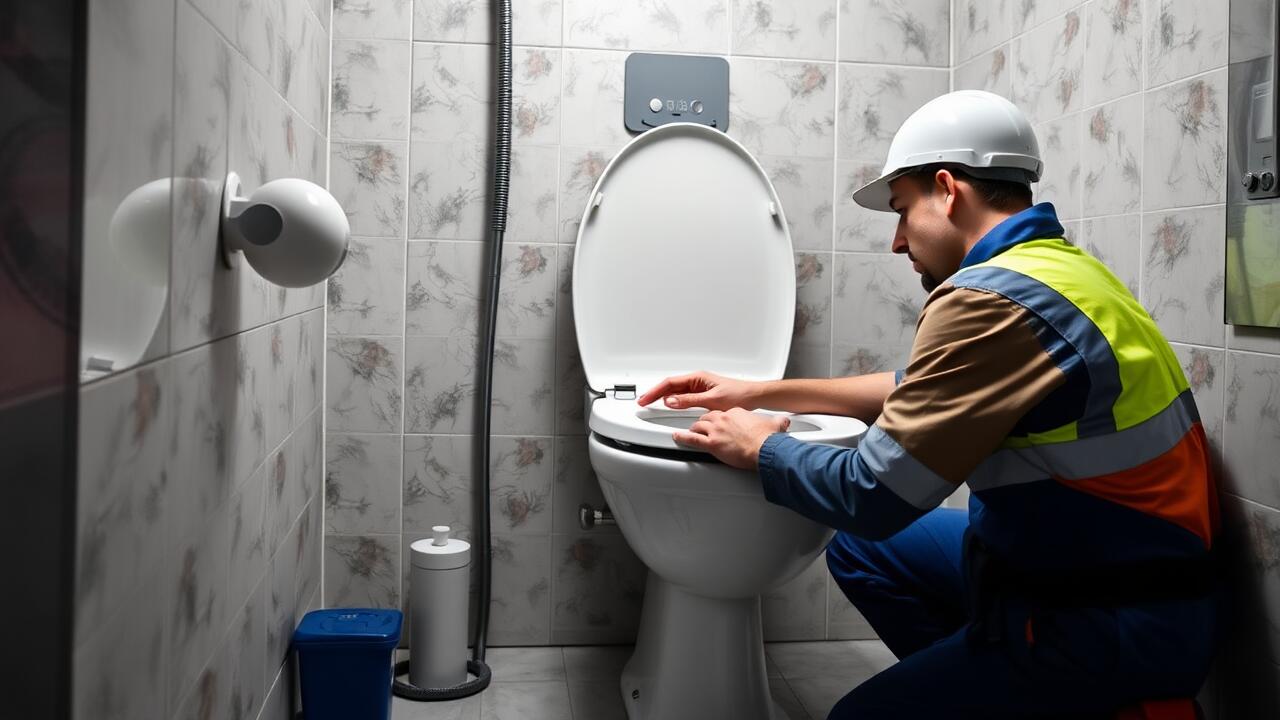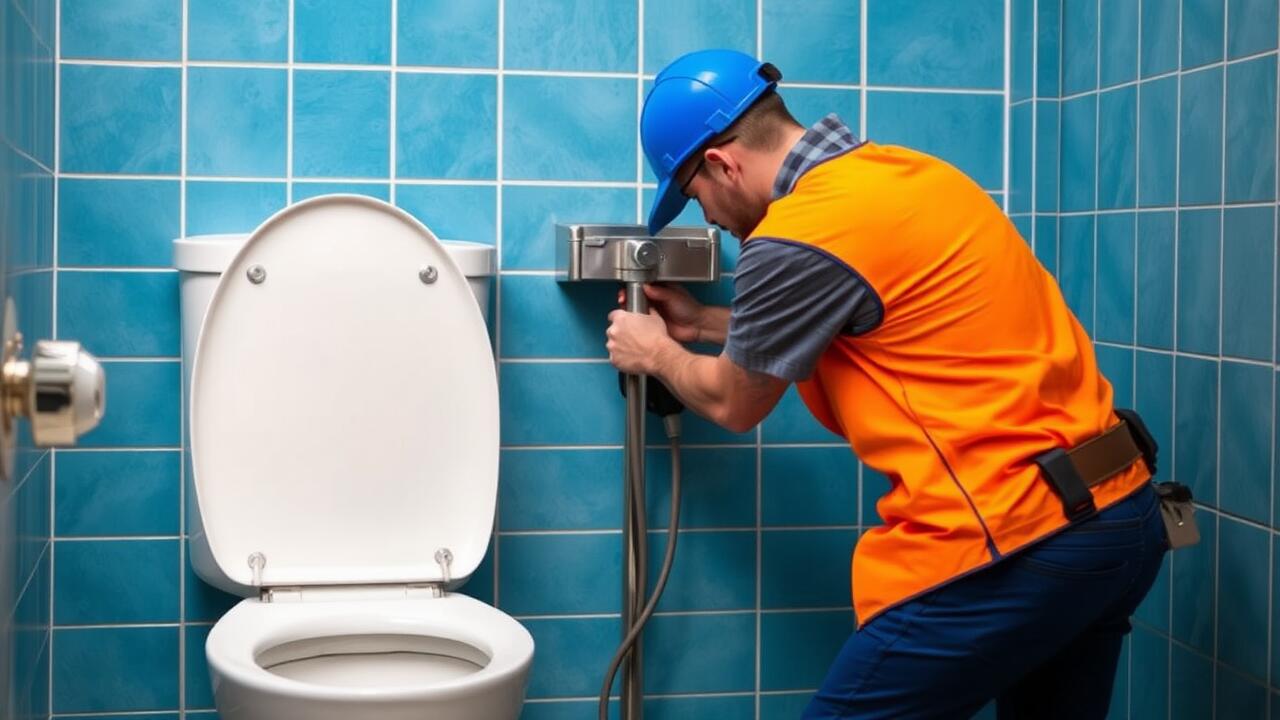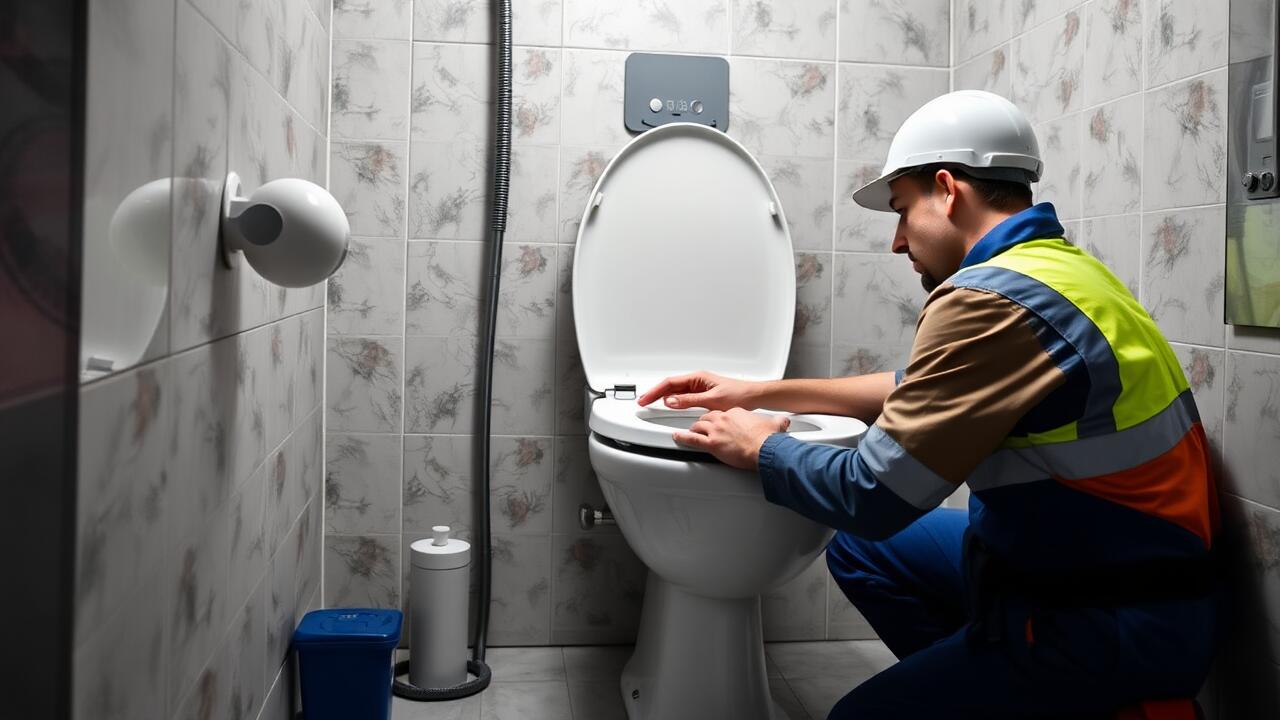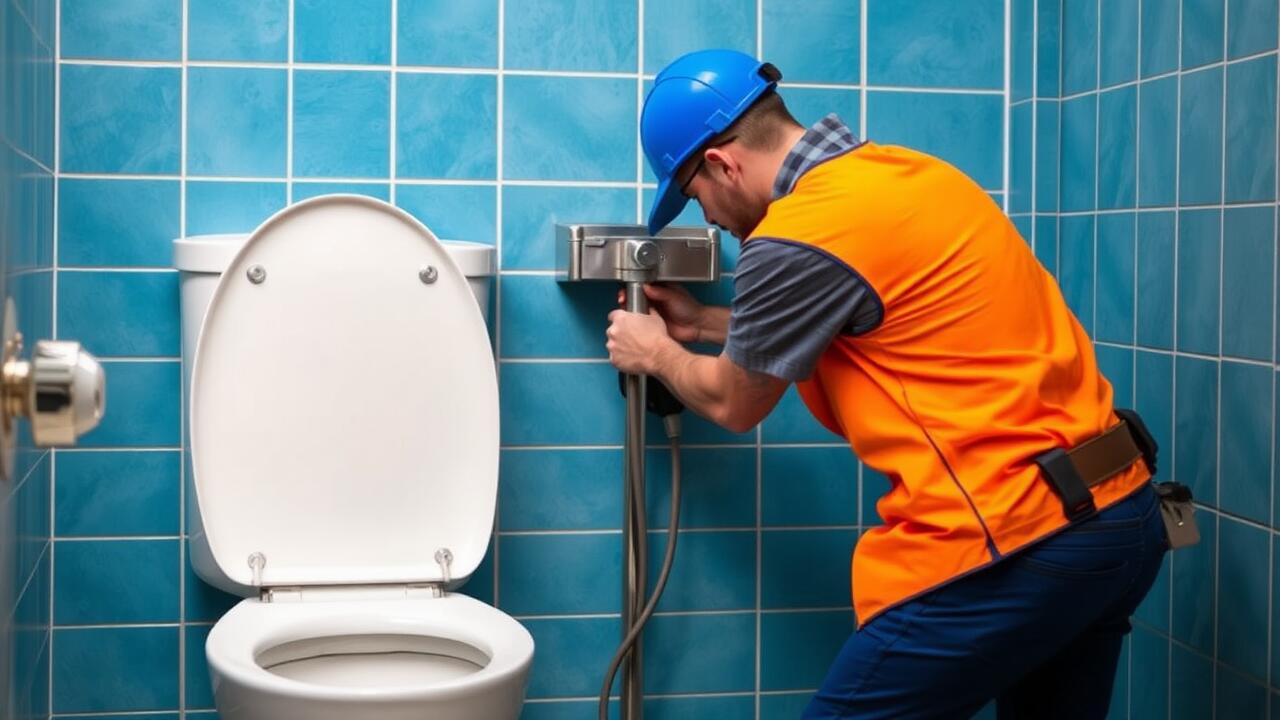
Risk of Technology Malfunction
Smart toilets incorporate advanced technology that can sometimes lead to malfunctions. Users may encounter issues such as flushing failures, temperature control problems, or the toilet becoming unresponsive. In areas like West Hollywood, Los Angeles, toilet installation can become a frustrating experience if the units malfunction shortly after setup. Such issues not only disrupt daily routines but may also require costly repairs or replacements.
The reliance on electronic components adds another layer of complexity. Power outages or surges can affect performance, leaving users with a non-functional toilet during critical times. Those who invest in advanced features like bidet functions or heated seating may find themselves unable to enjoy these benefits if technology fails. Homeowners in urban areas like West Hollywood must consider the potential for these malfunctions when deciding on the convenience of smart toilets.
Common Issues and Solutions
Smart toilets, while innovative, can experience various common issues that may inconvenience users. One prevalent problem is sensor malfunction, which can lead to the toilet not flushing properly or not responding to user inputs. This issue often arises from dirt or debris obstructing the sensors. Regular maintenance and cleaning can help mitigate this problem, ensuring that the toilet functions smoothly. In cases where the sensor continues to fail, consulting the manufacturer's guide or contacting a professional may be necessary for troubleshooting.
Another challenge often encountered is connectivity problems, especially in models that rely on smartphone integration. Users in West Hollywood, Los Angeles, may find their smart toilets losing Wi-Fi signal or failing to connect to their devices. To address this, ensuring a strong and stable internet connection is crucial. In some situations, a signal booster can enhance connectivity for those homes where the router is located far from the bathroom. If issues persist, firmware updates can also resolve connectivity glitches and enhance overall performance.
Space Requirements
Smart toilets often require more space than traditional models due to their integrated technology and design features. This can pose challenges in smaller bathrooms where space is limited. Homeowners in areas like West Hollywood, Los Angeles, may find their options restricted when trying to accommodate these high-tech fixtures, as sufficient clearance is necessary for installation and proper functionality.
Furthermore, the additional components of smart toilets, such as heated seats, self-cleaning systems, and built-in bidets, may need more room than a standard toilet. Renovating or redesigning the bathroom to fit a smart toilet can be costly and time-consuming. This can lead to an increase in overall expenses that homeowners were not initially prepared for, making comprehensive planning essential before proceeding with any West Hollywood, Los Angeles Toilet installation.
Installation Challenges in Smaller Bathrooms
Smart toilets can pose significant installation challenges in smaller bathrooms. These units often require specific plumbing configurations and additional space for features such as heated seats, bidet functions, and electronic controls. The dimensions of compact bathrooms may not accommodate the larger footprint of a smart toilet, necessitating careful planning and potential renovations.
In locations like Pacoima, Los Angeles, toilet installation can become even more complex. Homeowners may need to consult with professionals who specialize in modern bathroom fixtures. Ensuring proper electrical outlets and reliable water connections adds another layer of difficulty. For those with limited square footage, these considerations can make the prospect of upgrading to a smart toilet daunting.
Environmental Concerns
The adoption of smart toilets raises important environmental concerns, particularly related to energy usage and resource consumption. These high-tech fixtures often rely on electricity for features like heated seats, automatic lids, and integrated bidets. The increased demand for energy can lead to a larger carbon footprint, especially in regions with higher electricity dependency on fossil fuels. As communities seek to become more environmentally friendly, the energy consumption associated with smart toilets can contradict these efforts.
Water usage is another critical issue linked to smart toilets. Many models are designed to use less water than traditional toilets, but the added features may offset these savings. In cities like West Hollywood, Los Angeles, toilet installation must balance innovation with sustainability. While some smart toilets offer significant water-saving technologies, others can inadvertently increase overall resource consumption through frequent maintenance and technological updates. Careful consideration is needed to ensure that the environmental benefits truly outweigh the drawbacks.
Energy Usage and Resource Consumption
Smart toilets often incorporate features that require electricity, such as heated seats, automatic lid opening, and built-in bidet functions. This additional energy use can lead to higher electricity bills over time, which negates some of the potential benefits of water savings achieved through advanced flushing systems. Every household's energy consumption adds up, especially when numerous smart toilets are installed, particularly in larger homes or commercial spaces.
Moreover, smart toilets can also impact water resource consumption due to their complex mechanisms. Some models utilize both electricity and water in more sophisticated flushing systems, resulting in potentially increased water usage. In places like West Hollywood, Los Angeles, toilet installation for smart systems may interest environmentally conscious consumers, yet the overall resource consumption could outweigh the benefits. Balancing efficiency and environmental responsibility remains a pressing concern for many homeowners considering these advanced restroom fixtures.
FAQS
What are the primary disadvantages of smart toilets?
The primary disadvantages of smart toilets include the risk of technology malfunction, space requirements for installation, and environmental concerns related to energy usage and resource consumption.
Can smart toilets malfunction, and what are some common issues?
Yes, smart toilets can malfunction. Common issues include sensor failures, flushing problems, and software glitches. Solutions often involve resetting the system or calling a technician for repairs.
Do smart toilets require a lot of space for installation?
Yes, smart toilets typically require more space than traditional toilets due to additional components such as advanced flushing systems and smart features. This can pose installation challenges in smaller bathrooms.
Are smart toilets environmentally friendly?
While some smart toilets are designed to conserve water and reduce waste, they can also raise environmental concerns due to higher energy usage and resource consumption during manufacturing and operation.
What should I consider before purchasing a smart toilet?
Before purchasing a smart toilet, consider factors such as potential technology malfunctions, space requirements for installation, environmental impact, maintenance costs, and your personal comfort with advanced features.
